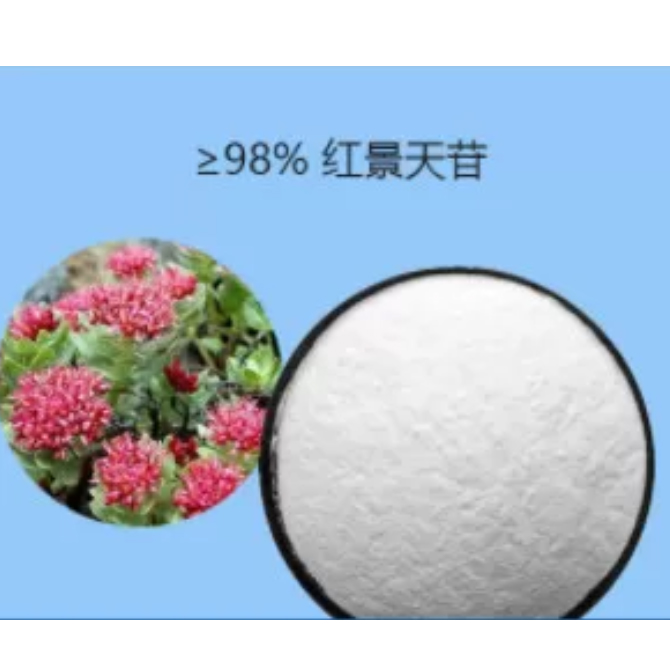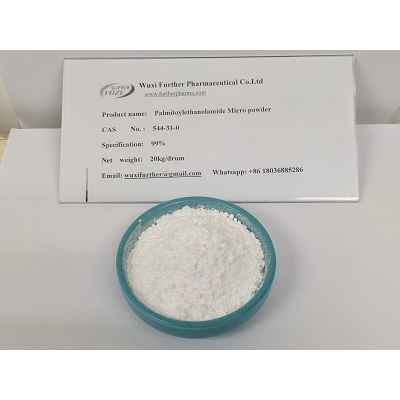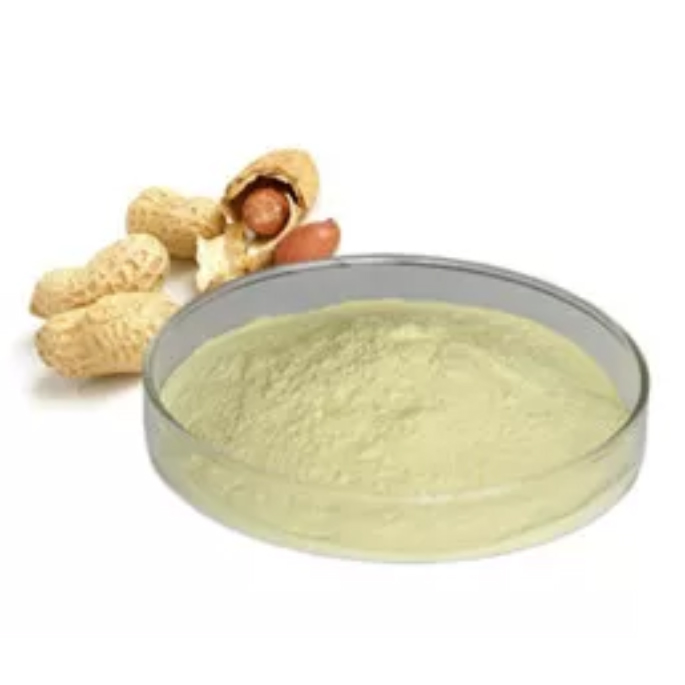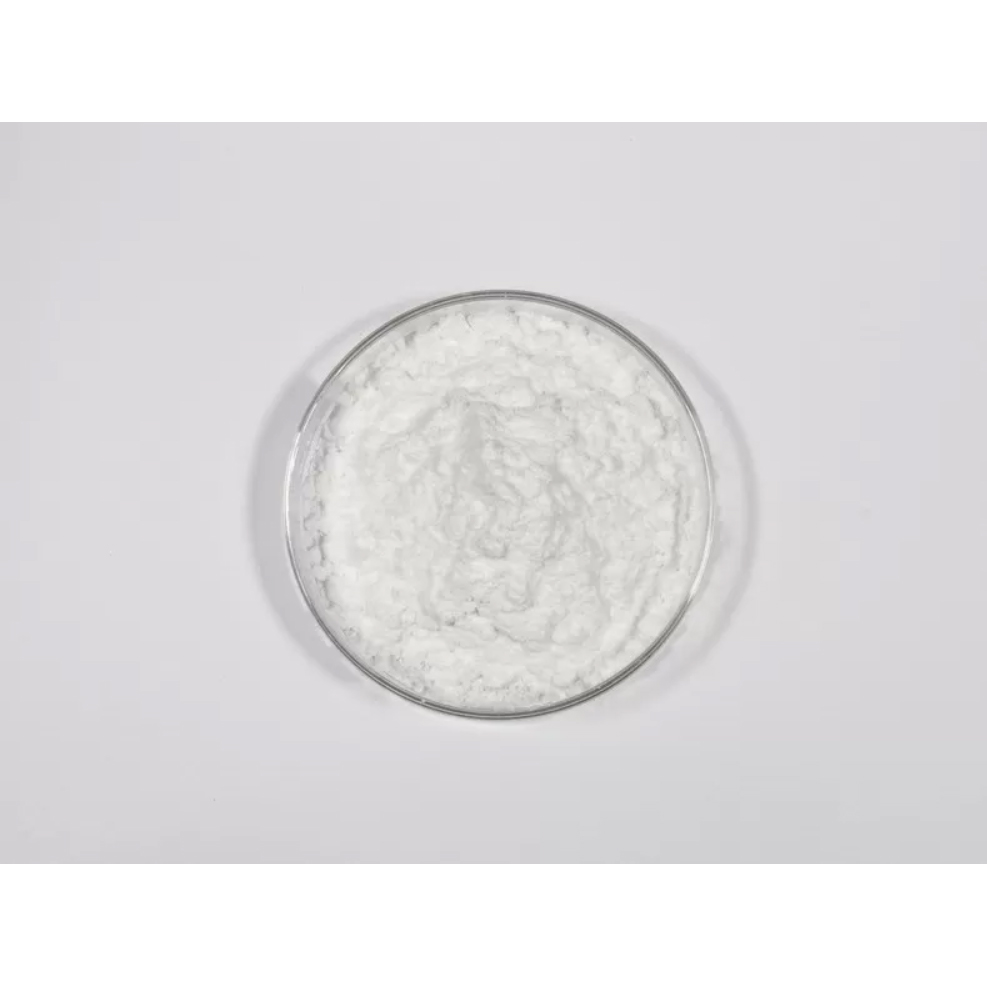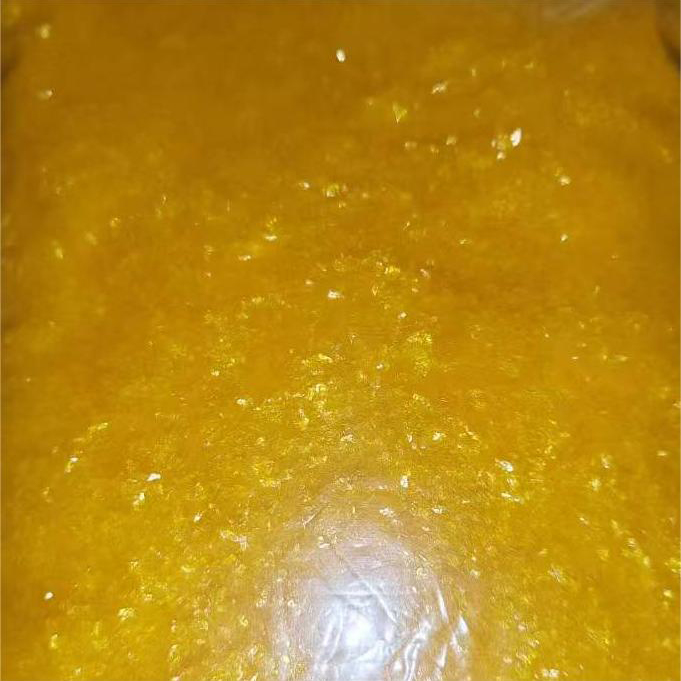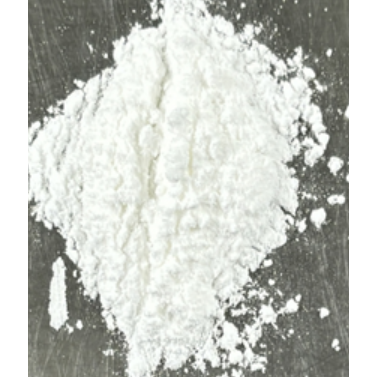Salidroside Nutritional Supplement Natural Plant Extract Derivatives CAS 10338-51-9
Salidroside Nutritional Supplement Natural Plant Extract Derivatives |
CAS No.: 10338-51-9 |
Purity: 99% |
Molecular weight: 300.30 g/mol |
Molecular formula: C14H20O7 |
Appearance:White to white crystalline powder |
Package: 1g,10g,100g,1000g |
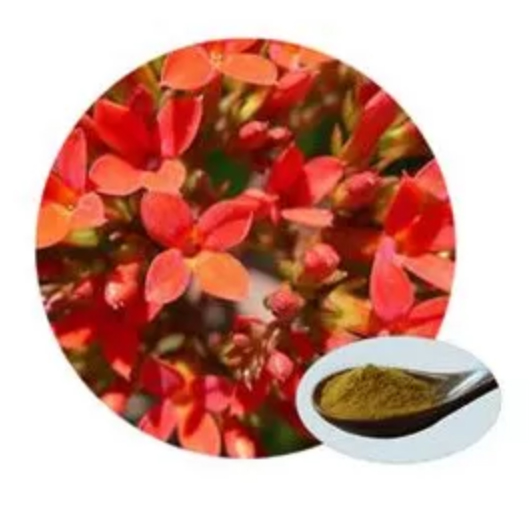
Salidroside Nutritional Supplement Natural Plant Extract Derivatives CAS 10338-51-9
Purity:99%
Package:25kg/drum
Color:white
Form:powder
Deja un mensaje
¡Te llamaremos pronto!
Querida,
Estoy interesado en Salidroside Nutritional Supplement Natural Plant Extract Derivatives CAS 10338-51-9, podría enviarme más detalles como tipo, tamaño, MOQ, material, etc.
¡Gracias!
Esperando su respuesta.
white Antioxidant Powder
,Antioxidant Powder ISO
,10338-51-9
CAS 10338-51-9 Salidroside Nutritional supplement Natural plant extract Derivatives
Description:
Rosavins are a collection of compounds which include, rosavin, rosin and rosarin. They are known as a cinnamyl alcohol glycoside belonging to a group of compounds known as phenylpropanoids. They are amongst the main active phytochemical components in Rhodiola rosea, but studies remain inconclusive on how they specifically operate and their mechanisms of action. Some research suggests that rosavins may not be effective on their own, but must be combined with other more powerful compounds, like salidroside, to exhibit potential effects.
Basic Parameters:
| Synonyms | glucopyranoside, rhodosin |
| MW | 300.3 |
| Melting point | 159~160℃ |
| Storage temp | Sealed in dry,Room Temperature |
| Solubility | Methanol (Slightly), Pyridine (Slightly) |
Chemical Formula:

In vivo
Salidroside is a natural antioxidant extracted from medicinal food plant Rhodiola rosea. Salidroside (100 mg/kg/day) shows strong glucose lowering effect on db/db mice which is similar to effect of Metformin (200 mg/kg/day). For this reason, the dose of 100 mg/kg/day salidroside is used.
In vitro
Salidroside (100 μM) inhibits prolyl endopeptidase (PEP) activity (10.6±1.9%). Prolyl endopeptidase is an enzyme that plays a role in the metabolism of proline-containing neuropeptidase which is recognized to be involved in learning and memory. Salidroside, one of the major phenylpropanoid glycosides found in R. rosea L, is consumed almost daily as a nutritional supplement in many countries and has been identified possessing potential anti-fatigue and anoxia,anti-aging, and anti-Alzheimer's disease activities. Salidroside can improve muscle nutrition via increasing mTOR, p-mTOR, and MyHC expression. SH-SY5Y cells are exposed to 0-600 μM MPP+ for 12-48 h and the results show that MPP+ results in a significant decrease of cell viability in a concentration and time-dependent manner. Cells are pretreated with 25-100 μM Salidroside (Sal) for 24 h and then exposed to 500 μM MPP+ for an additional 24 h. Salidroside concentration-dependently prevents MPP+-induced decrease of cell viability. Annexin V/PI staining is a common method for the detection of apoptotic cell. Salidroside significantly decreases the number of Annexin V/PI-stained cells treated by MPP+ which is in a concentration-dependent manner. Apoptotic cell could also be morphologically evaluated by Hoechst staining. In Hoechst staining, apoptotic cells are characterized by reduced nuclear size, chromatin condensation, intense fluorescence, and nuclear fragmentation. Salidroside notably inhibits MPP+-induced increase of chromatin condensation, intense fluorescence, and nuclear fragmentation in SH-SY5Y cells.
Plant extarct
Salidroside is a compound that extracted from dry roots, rhizomes or the whole dry body of Rhodiola wallichiana (Crassulaceae), with the function of preventing cancer, enhancing immunologic function, anti-aging, anti-fatigue, anti-anoxia, anti-radiation, dual-direction regulation of central nervous system, and repairing and protecting the body and so on. It is commonly used as a treatment for chronic diseases and frail susceptible patients. Clinically, it is used for the treatment of neurasthenia and neurosis, and for improving attention and memory, high altitude polycythemia and hypertension. As a nervous stimulant, it is used to improve intellectual capacity, vegetative nervous system, vascular dystonia and myasthenia; it is also used for the treatment of diseases with increased free radical, such as cancer, radiation damage, emphysema, and senile cataracts; also used as a tonic for impotence. Salidroside preparation is also used in sports medicine and aerospace medicine, in health protection for people who work under various special environmental conditions.
Uses:
Antibacterial effects; cardiovascular protection, effective anti-oxidant, anti-cancer activity, enhancing memory, anti-radiation effect.
Pharmacological effects:
1. Anti-fatigue effects: taking in Rhodiola kirilowii orally can prolong climbing time, swimming time and load swimming time in mice, and shorten the time required for recovery from fatigue, and improve levels of enzymes, RNA and protein, thus helping muscle to recover after fatigue as soon as possible.
2. The impact on the central nervous media: Rhodiola can normalize the content of 5-hydroxytryptamine under swimming conditions, meaning that the media content of central nervous is corrected to normal levels. Injection of salidroside (30-300mg/kg) can reduce the level of 5-hydroxytryptamine.
3. Anti-hypoxia effects: taking in Rhodiola kirilowii extract orally can make test animals show antagonism to all kinds of hypoxic mode, and the effect is stronger than that of ginseng and Acanthopanax.
4, Anti-aging effects: Rhodiola extract can increase the activity of red blood cells and liver SOD in rat and has the potential to increase the activity of myocardium SOD. Parasarcophaga similis can significantly prolong lifespan after taking in Rhodiola extract, and the rate of life extension is better than ginseng. Rhodiosin is known to promote 2BS cell proliferation and reduce mortality, and it can inhibit lipid peroxidation in rat and enhance the activity of superoxide dismutase.
5. Anti-tumor: Rhodosin has certain inhibition on S180 cells, and this effect was enhanced with increasing concentration in the non-toxic dose range. Continuously taking in Rhodiola extract orally can reduce the cancer-leading damage degree of rubomycin on intestinal wall in mice, and enhance the body's anti-cancer ability.
6. Detoxification: Salidroside can antagonize the intoxication of strychnine and improve the survival rate of mice with strychninism poisoning to 50%; it also has an antagonistic effect on Corynebacterium toxins and can protect against tetanus and other bacterial toxins, increasing the survival time or survival rate of the mice that take in potent poison, cyanide, or sodium nitrite.
References:
1. Chemical book www. chemicalbook.com
Recommended Products


